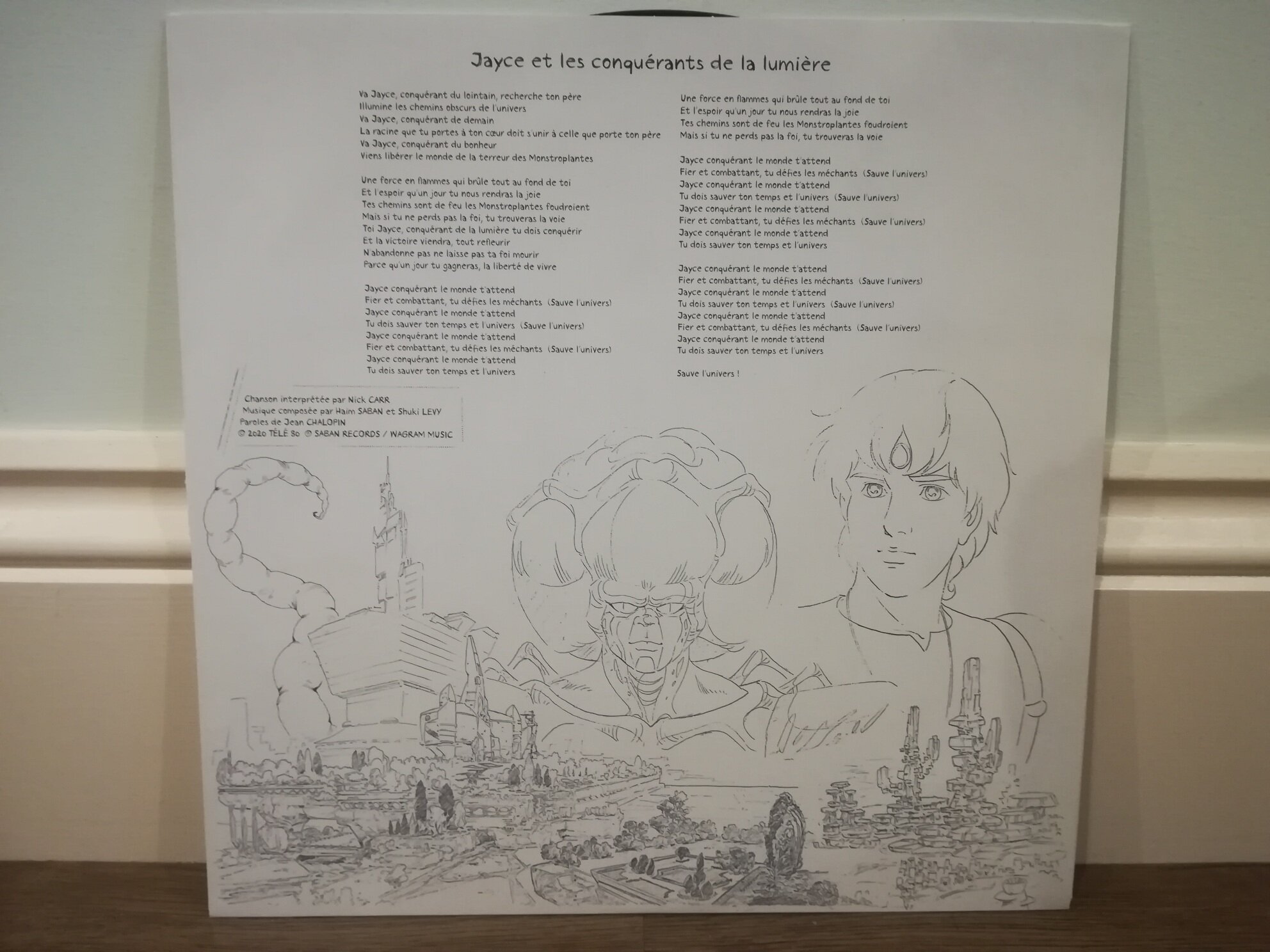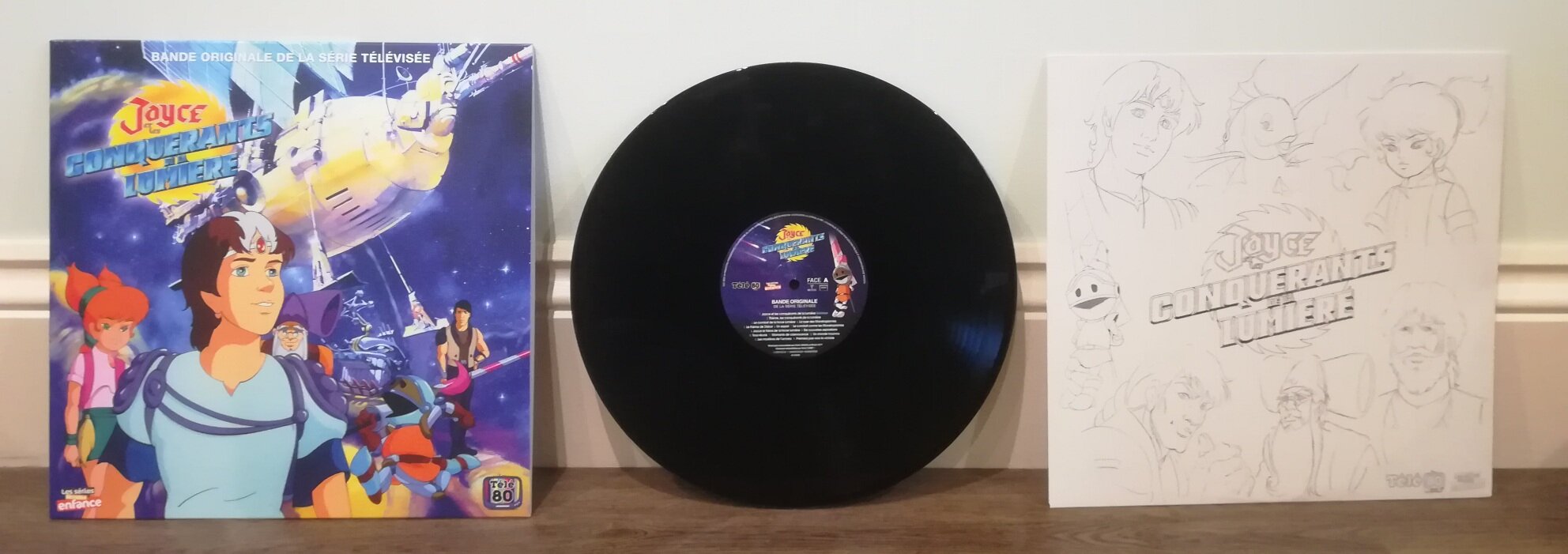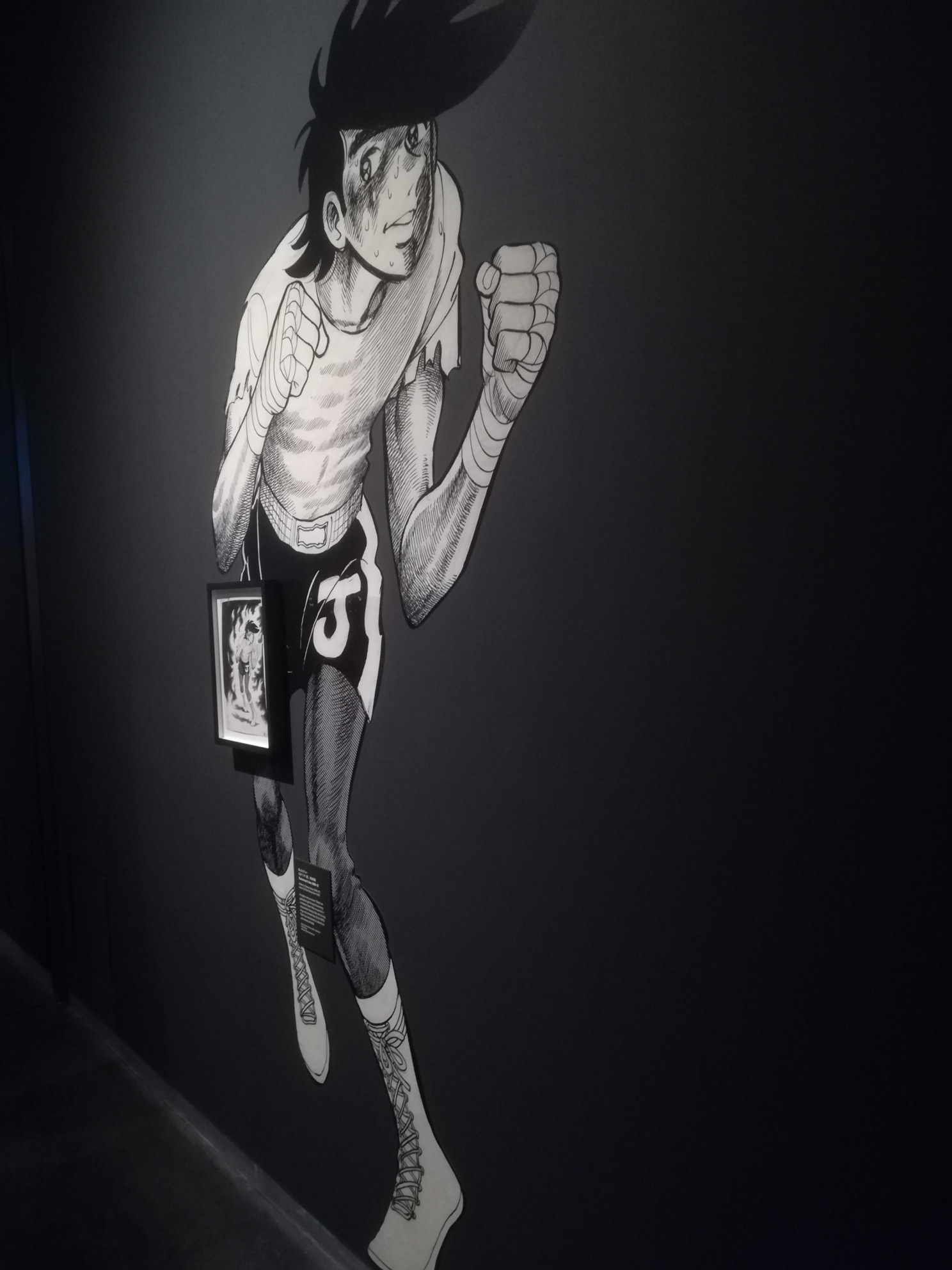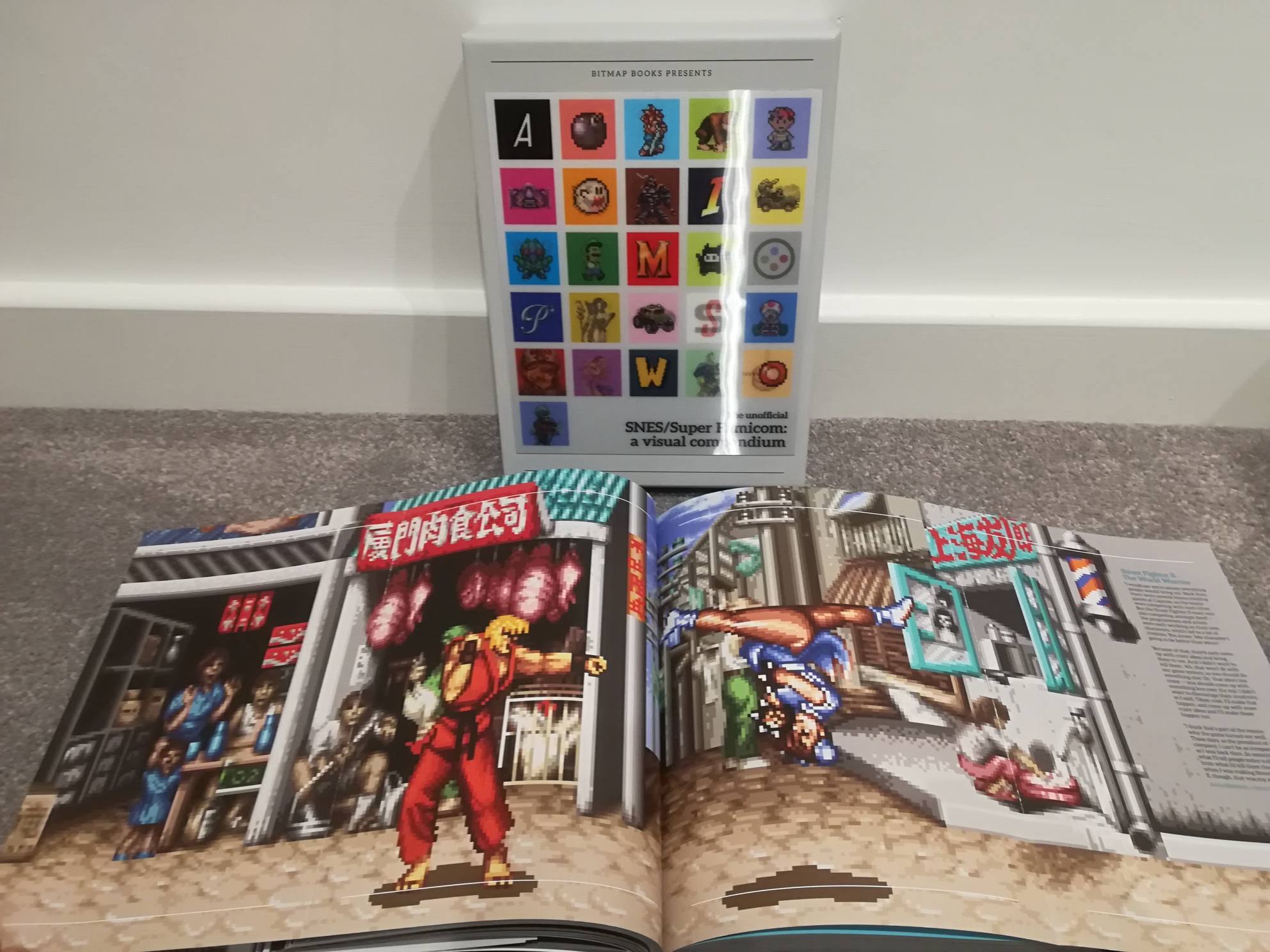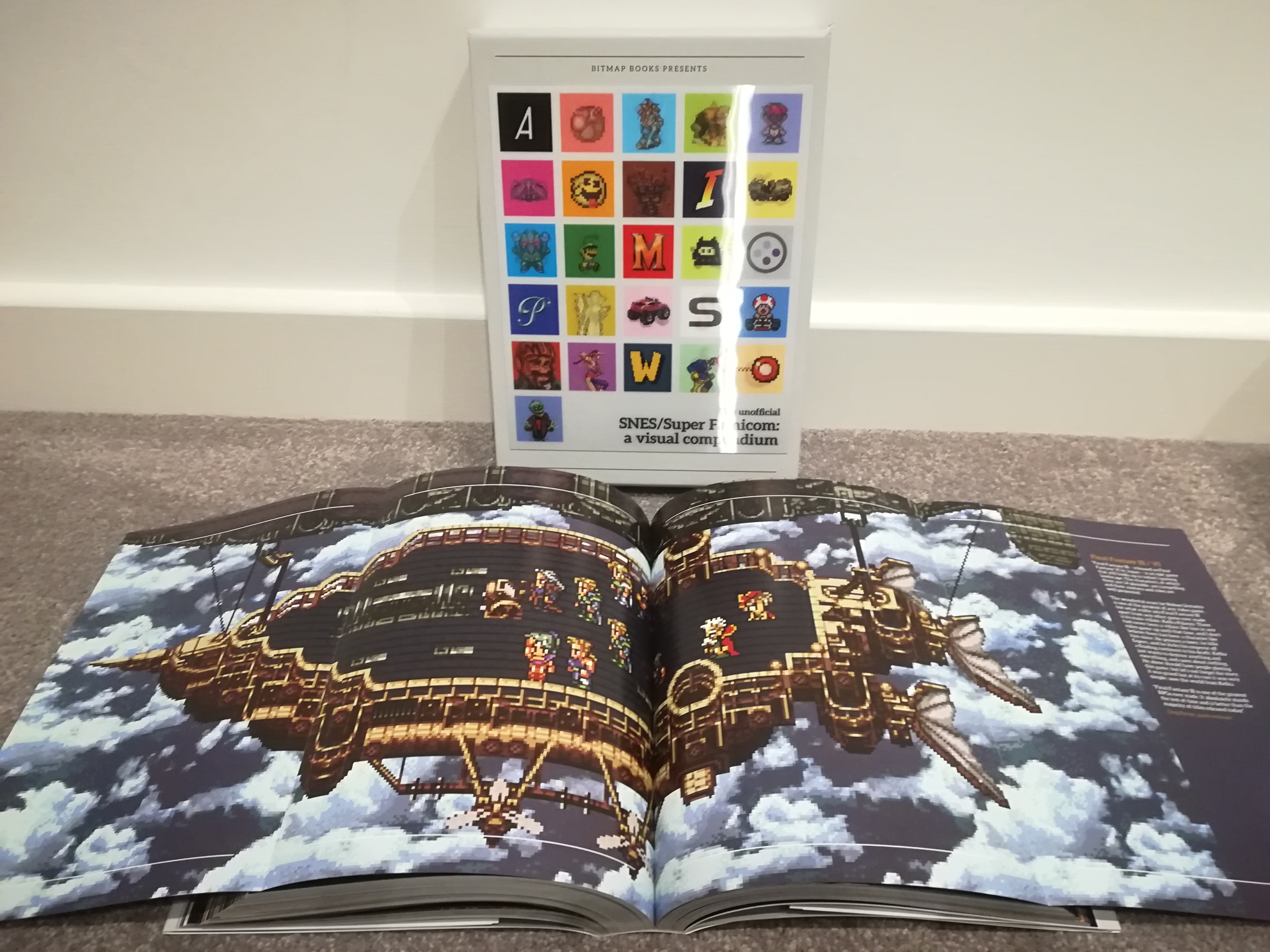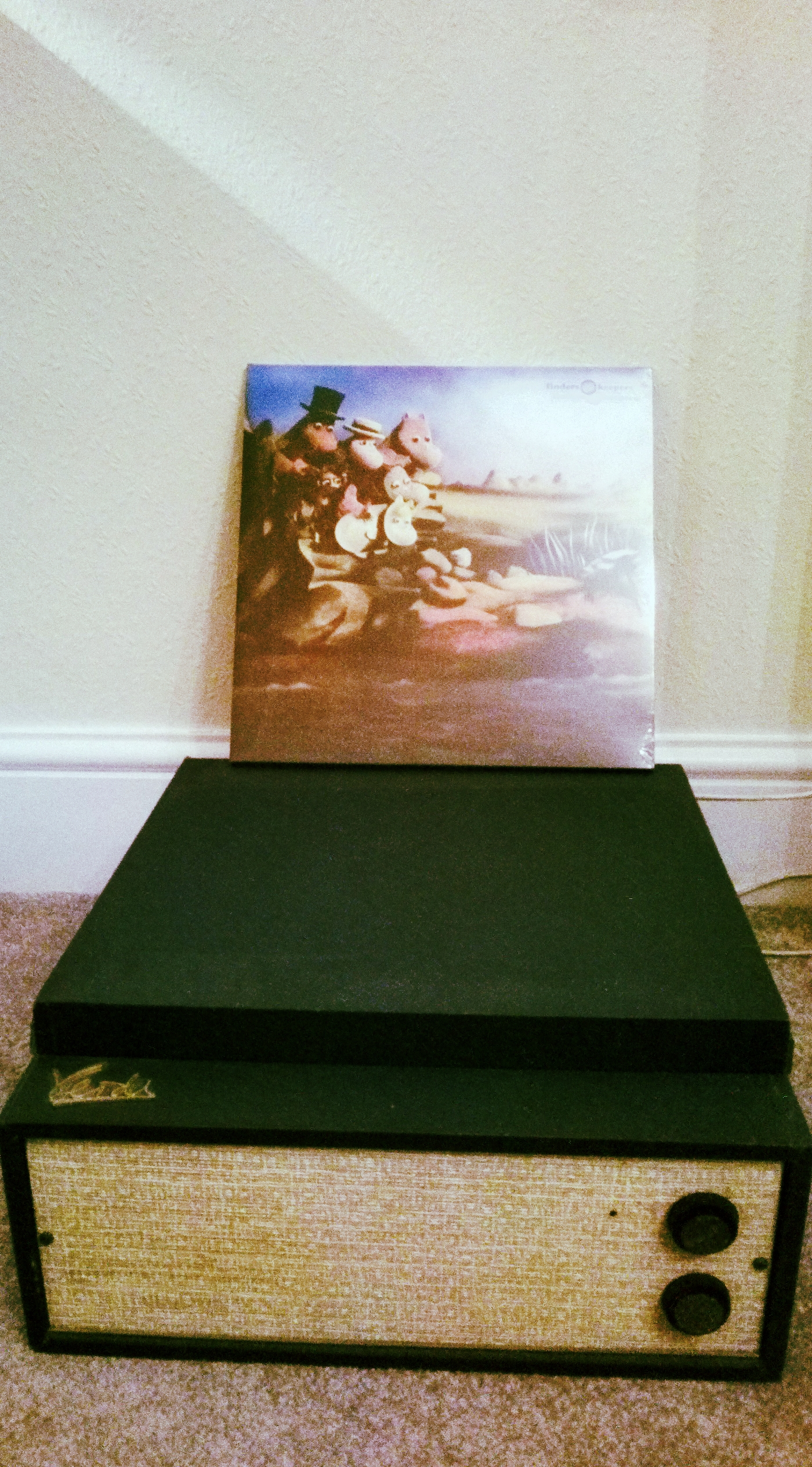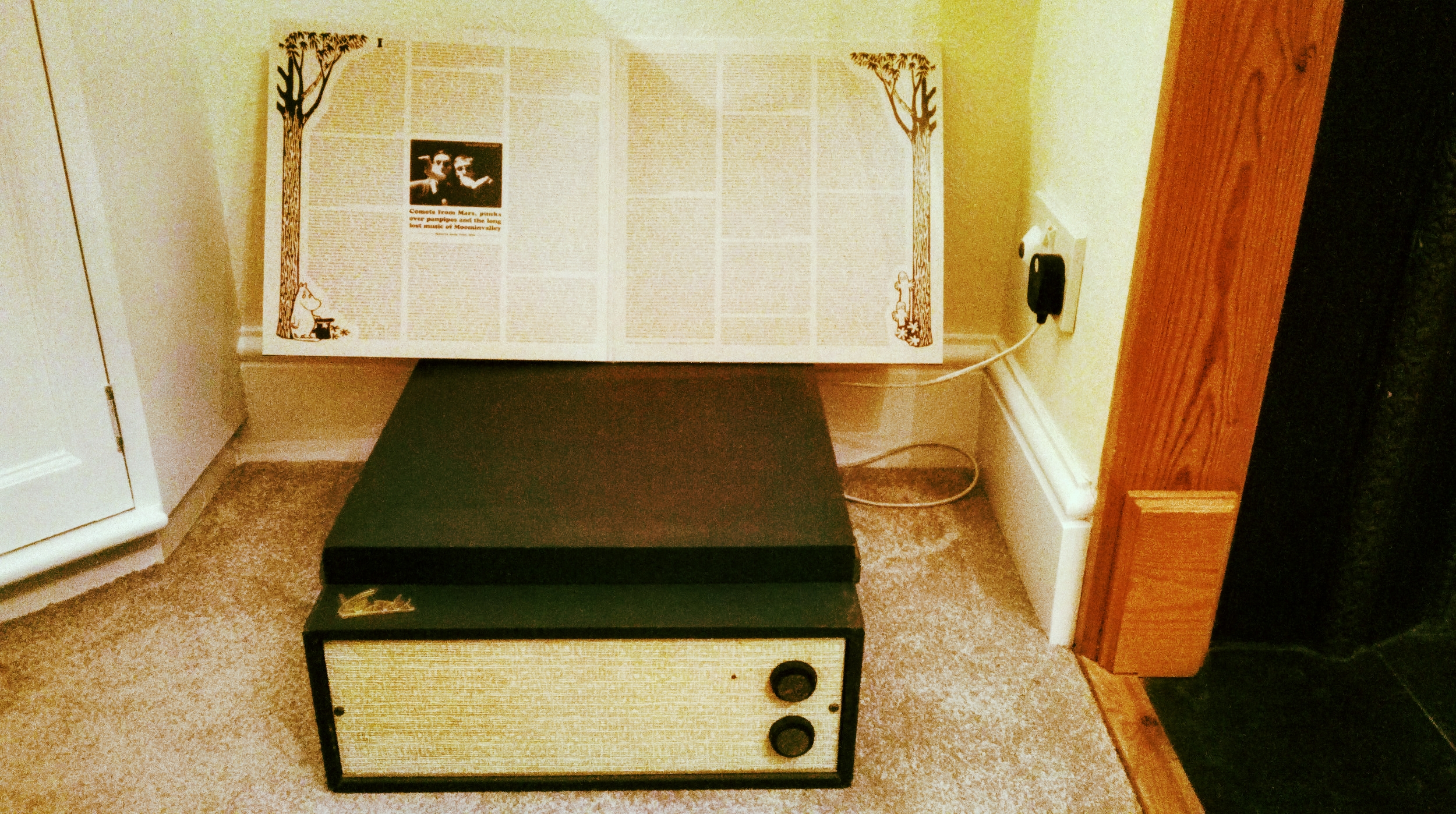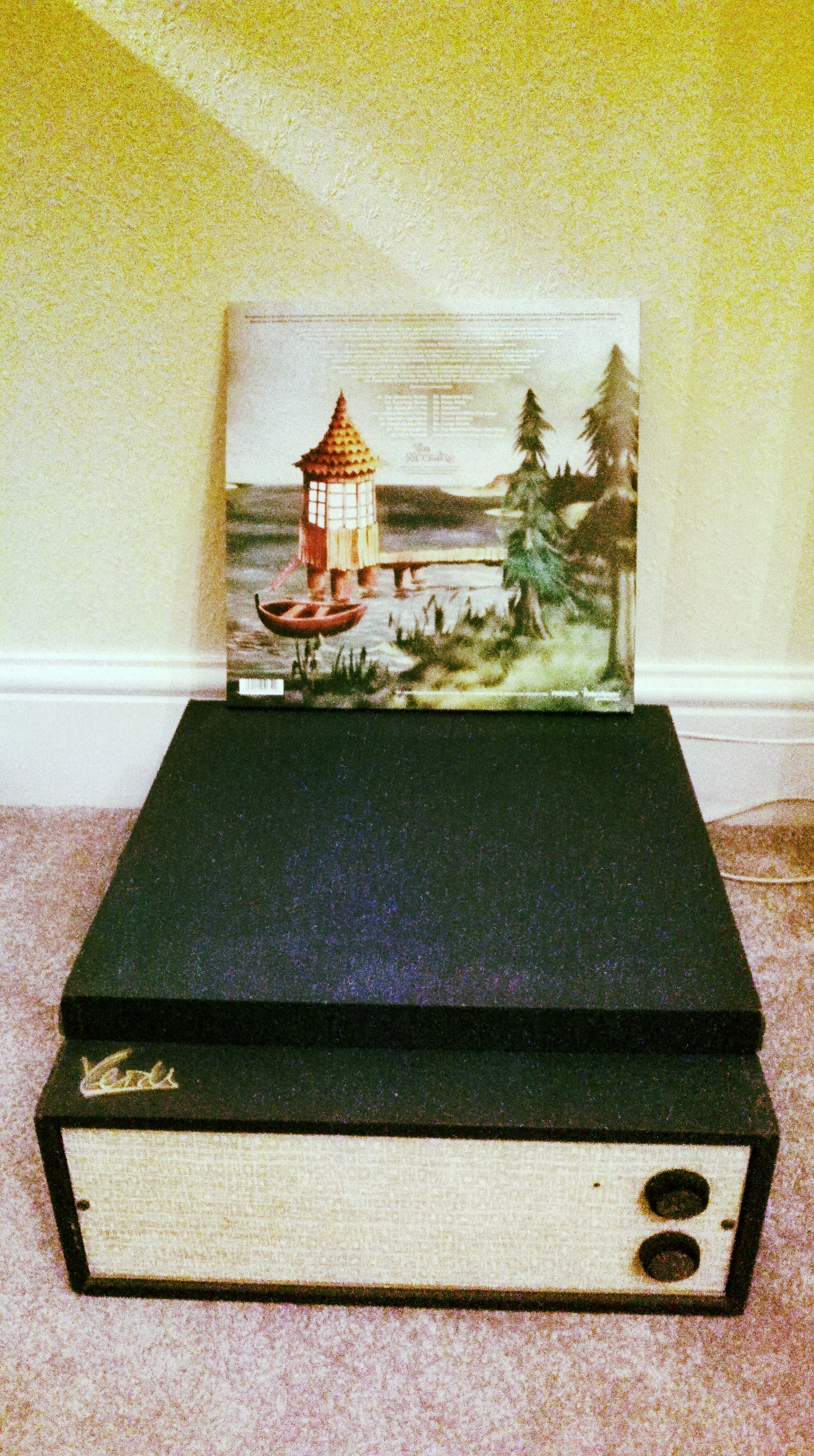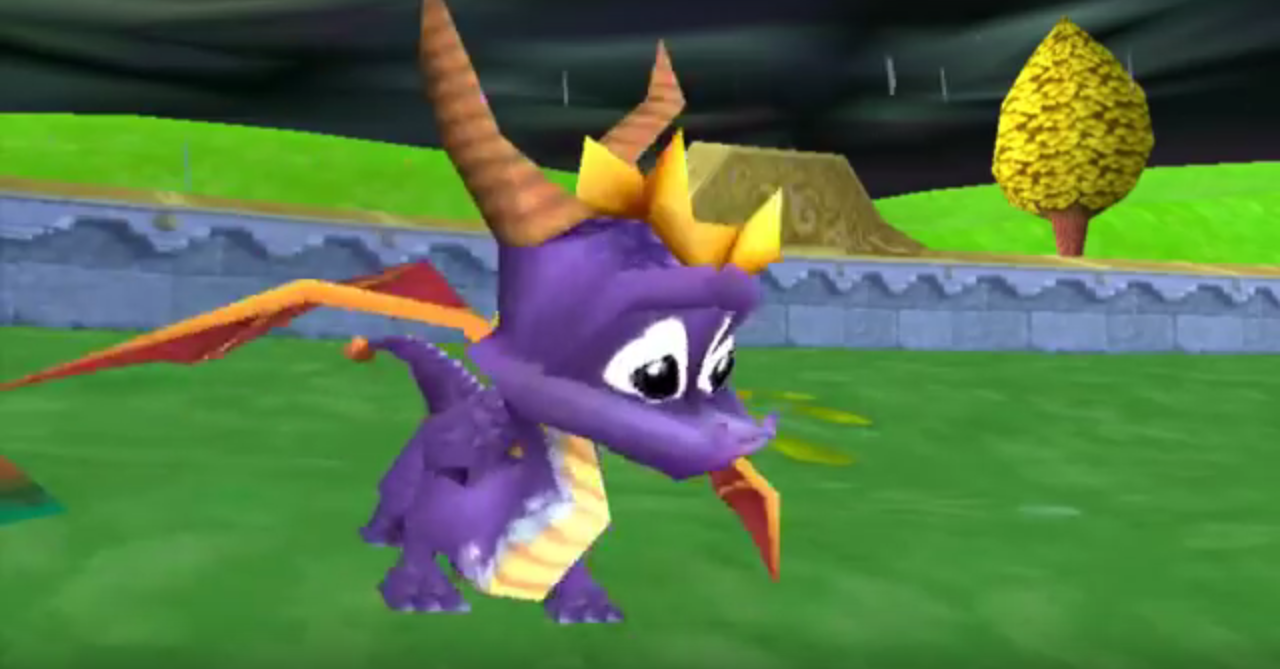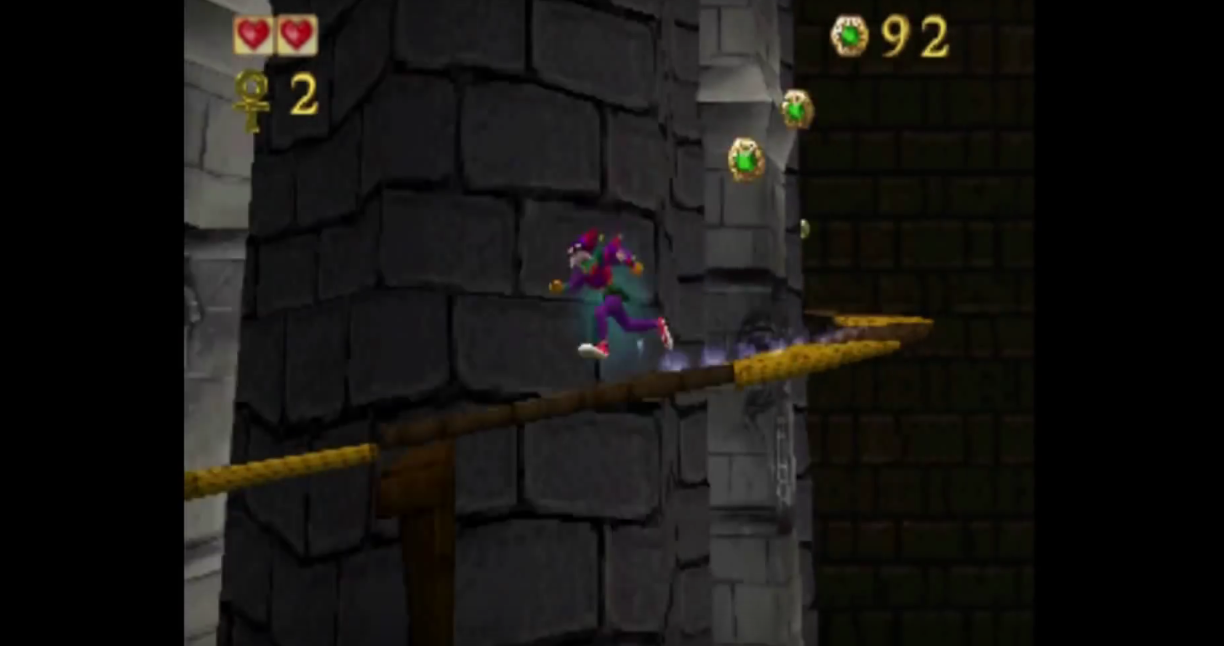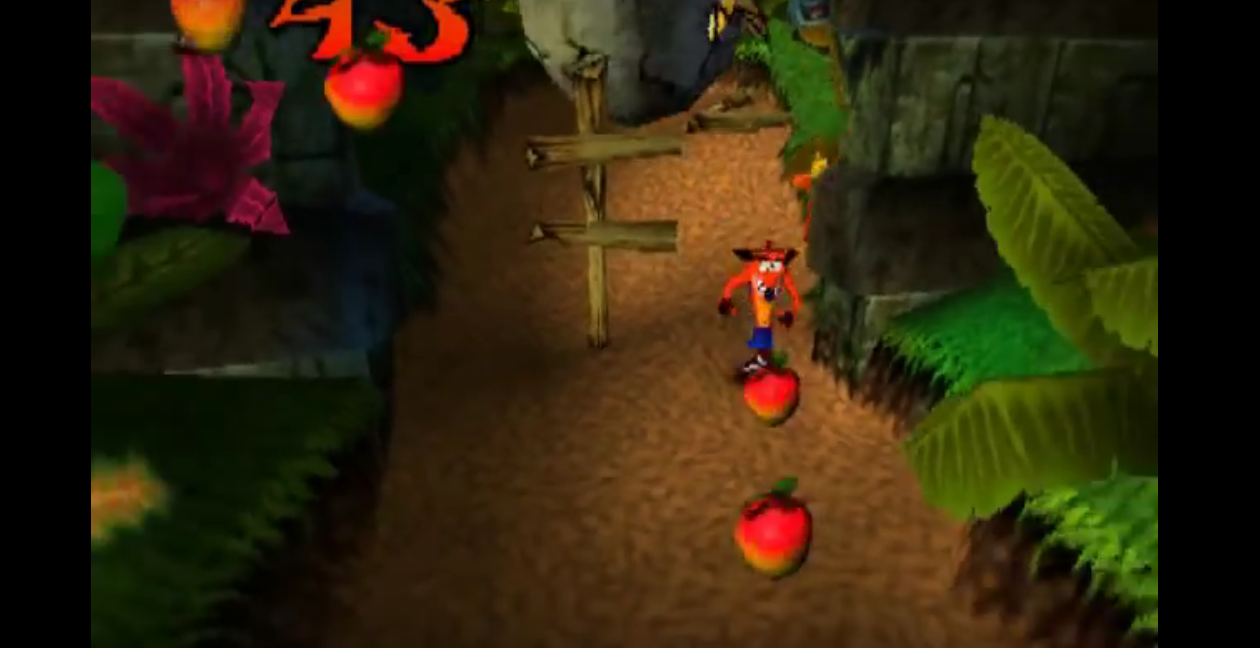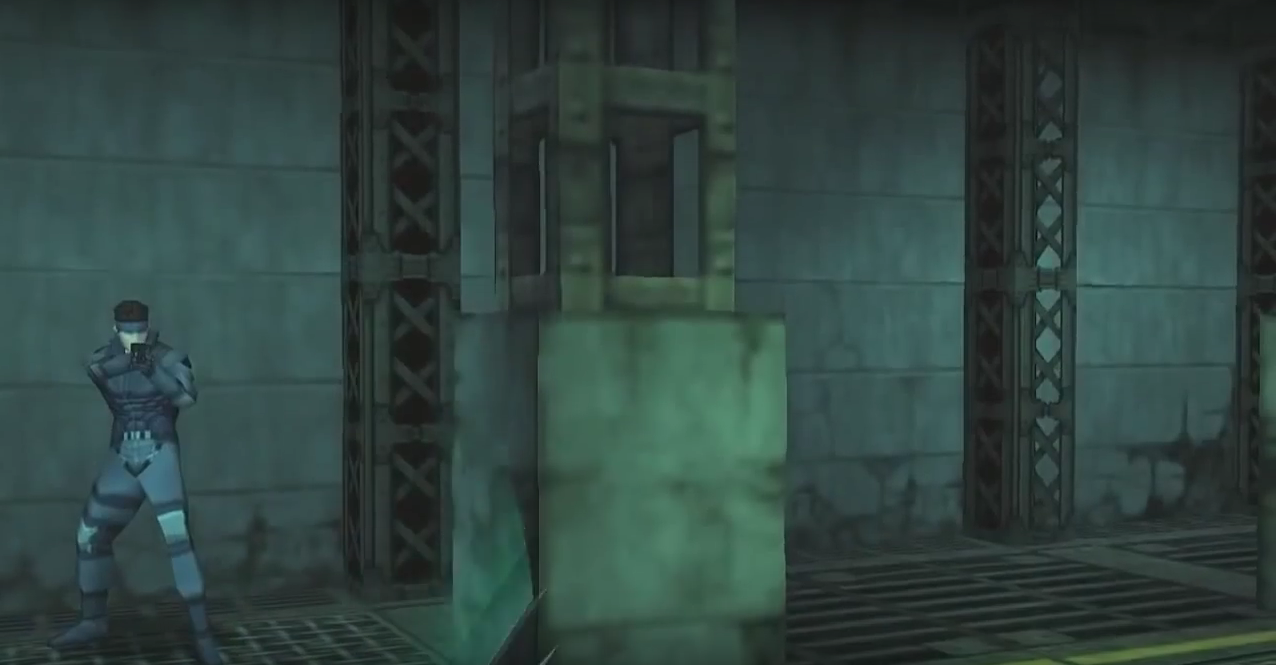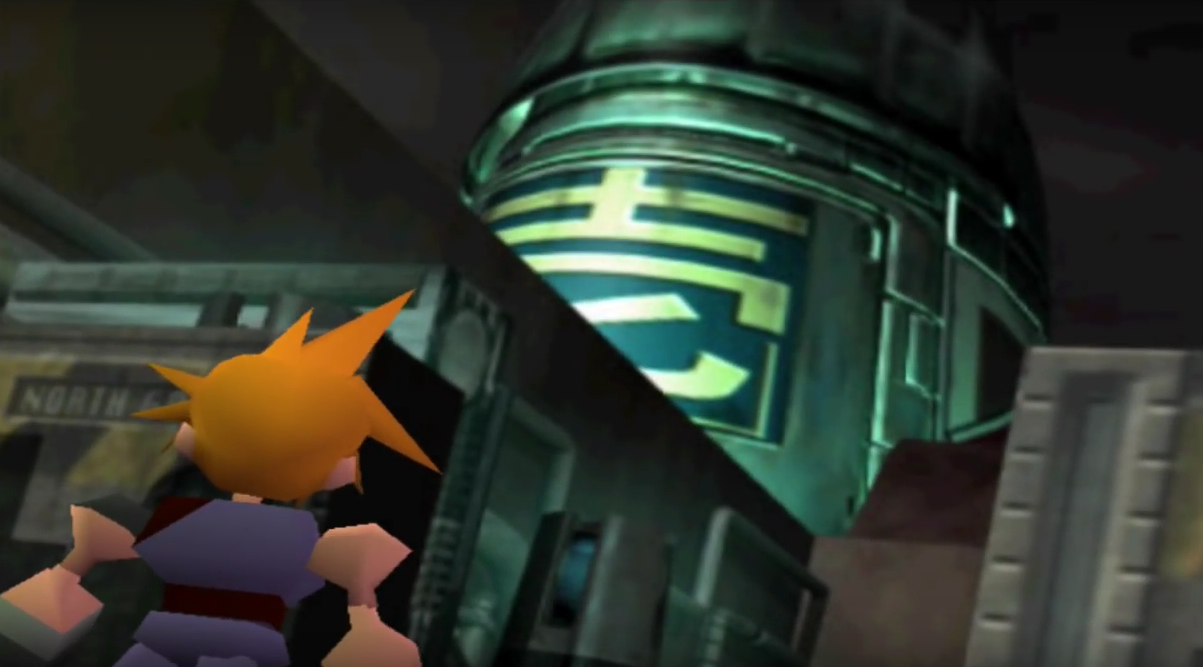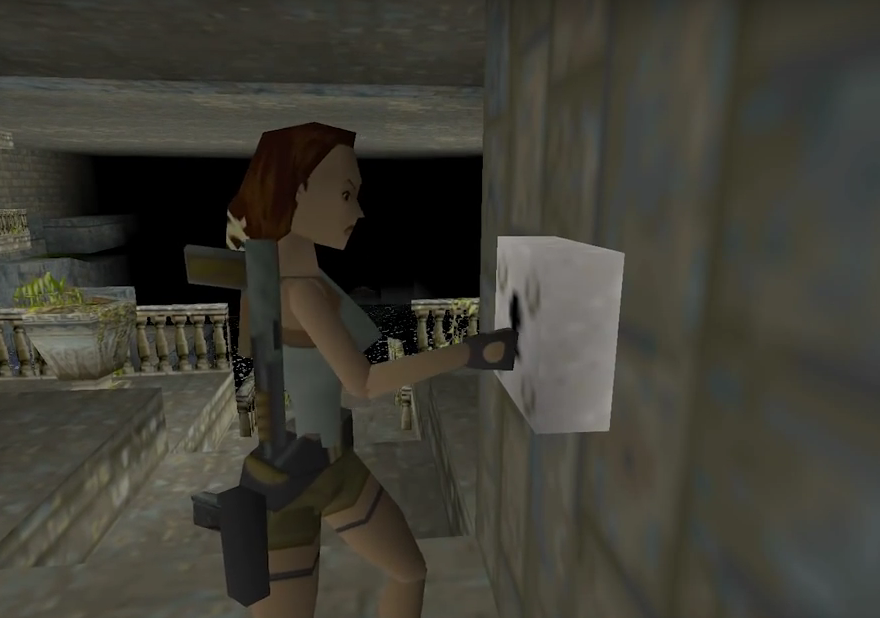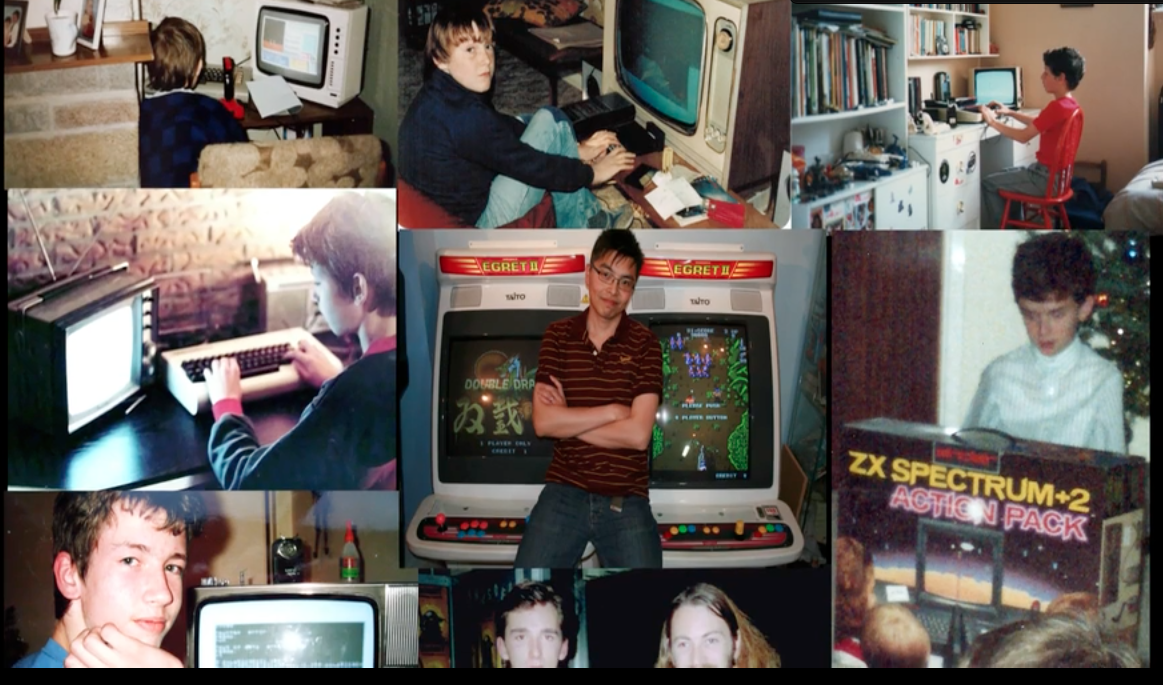A warm fuzzy feeling fills my heart whenever I watch television shows and cartoons from my childhood. However, there are only a few that quicken my heart and make me yearn for simpler times, well, t least simpler as a kid and those include Ulysses 31, The Mysterious Cities of Gold, Inspector Gadget, Dogtanian, Around the World With Willy Fogg and… Jayce and the Wheeled Warriors.
Thundering across the stars,
To save the universe from the Monster Minds!
Jayce searches for his father,
To unite the magic root,
And lead his Lightning League to
Victory over the changing form of Sawboss!
Wheeled Warriors explode into battle!
Lightning Strikes!
With these words Jayce and his Lightning League battled the Monster Minds and Saw Boss for 65 episodes. Produced by the hilariously named (at least I thought at the time) DIC studios and overseen by Jean Chalopin (of Mysterious Cities of Gold, Ulysses 31, Inspector Gadget and tonnes of other formative cartoons from the 80s) the show was grand and cheesy operatic drama and a big part of this was due to the epic music, created by Shuki Levy.
The soundtrack for the series has never been released… until now. Tele 80 crowdfunded the soundtrack and I backed it. After a seemingly long wait (it wasn’t that long actually but it seemed that way due to anticipation and slight Covid delays) I finally received my vinyl and CD.
I first came across the show when it was first shown in the mid 80s on Channel 4 but I saw it in my formative years again in the early 90s on Channel 4, where it was shown at weekends. I remember thinking how cool and ahead of it's time the animation was and how moody, mature and rocky the synthesizer soundtrack was.
Since getting the soundtrack I've listened to the album a few times now and the majority of the themes I remember are all here, however the soundtrack isn’t as ingrained into my mind as much as The Mysterious Cities of Gold, Ulysses 31 or Inspector Gadget are.
I'm not going to go through every single track here as that would be long and incredibly tedious for you to read so I'll pick out the highlights.
The album starts with the French opening credits. It has the instrumentation that we all know and love but with the French vocals. The track is okay but holds no real nostalgia for me, that'd be track 21, the English vocal track that played over the opening of the show, but this is the extended cut. Track 23 is the instrumentation of the opening credits, whilst track 22 has the ending vocals (‘Keep On Rolling’) and track 24 has the instrumentation of that, so you can get your hair rock on!
Now onto the back ground music (BGM):
Track 2 (The Fight of the Light Force) - starts off all mystical and woozily dreamlike but quickly the synthy beat, violin and jazz flute kick in and it's a veritable smorgasbord of pure 80s euphoria.
Track 4 (The Cunning of the Monster Minds) - lots of oboe and unsettling string picking make this a suitably creepy piece.
Track 6 (A Hope) - a light, chilled piece which wouldn't be out of place in a romance scene from some forgettable 80s movie.
Track 7 (The Fight Against the Monster Minds) - a consistent drum beat which is followed by a fluttering flute before a jazzy brass section comes in to add some uptempo jam before a crescendo of strings swells and hits.
Track 10 (All Together) - a relaxing piece which is sort of like a redux of track 9.
Track 11 (Moments of Clairvoyance) - breezy and airy sounding with a gentle wind chimey sound.
Track 12 (An Unknown World) - creepy and unsettling as a quick rhythmic mood sets in with heavy synthesiser sounds wend their way in and out. This track wouldn't be out of place in a John Carpenter film as it fits his ouvre.
Track 13 (Mysteries of the Universe) - upbeat funk with wailing guitar and jazzy brassy freestyling.
Track 18 (Imminent Danger) - sounds like an end of level boss from a PS1 game which is no bad thing. Heavy drums and waning guitar give way to moody rhythmic guitar.
Track 19 (Musical Bridges)- This track is a collection of 5 to 10 second bridged that are dramatic and concluded fight or action sequences. They are dramatic and bombastic, ending with a flourish.
Overall, there are plenty of tracks here for Jayce fans but the track that I most miss due to its omission is the darkly sinister driving imperial march sounding one that is reminiscent of St. Elmo's Fire/ La Passage Secret from the MCOG soundtrack. It was the track used when a discovery was made and is one of the most spine tingling tracks from the show and the Jayce equivalent, which shares a lot of the same DNA, is missing too. I’ll link it below so you can have a listen to both tracks.
So overall, this is a good package for fans of the show but in no way complete, unlike the Ulysses 31 complete which had pretty much everything from the show. However, it is definitely worth a purchase for fans of the show and 80s hair rock.
LINK: Ulysses 31- Retro Soundtrack Review
LINK: Streets of Rage 2- Vinyl Soundtrack Review
LINK: Vinyl- The Return of the Format
LINK: Streets of Rage Soundtrack on Vinyl
LINK: Mysterious Cities of Gold- Retro Soundtrack Review
LINK: Mysterious Cities of Gold Season 3 Review
LINK: MCOG Gold Condor for Sale
LINK: What Comics Have Taught Me






